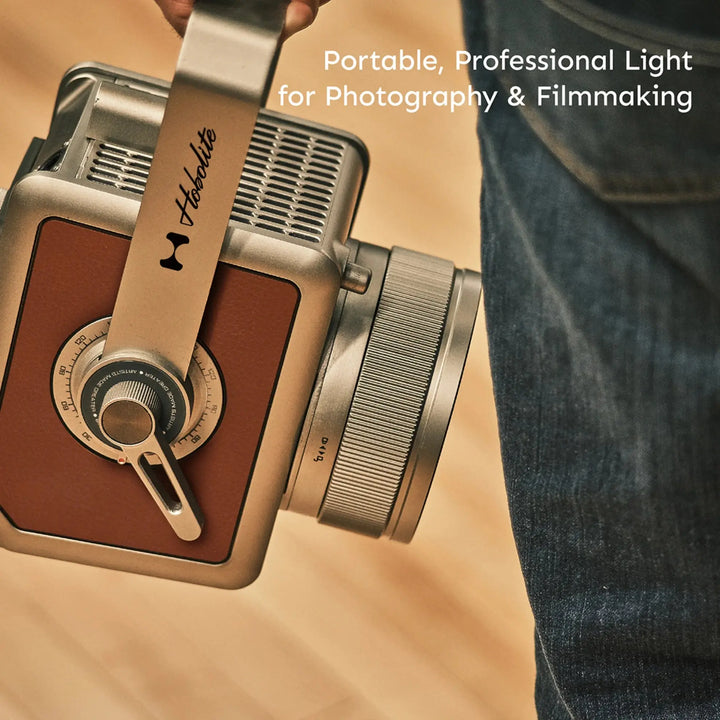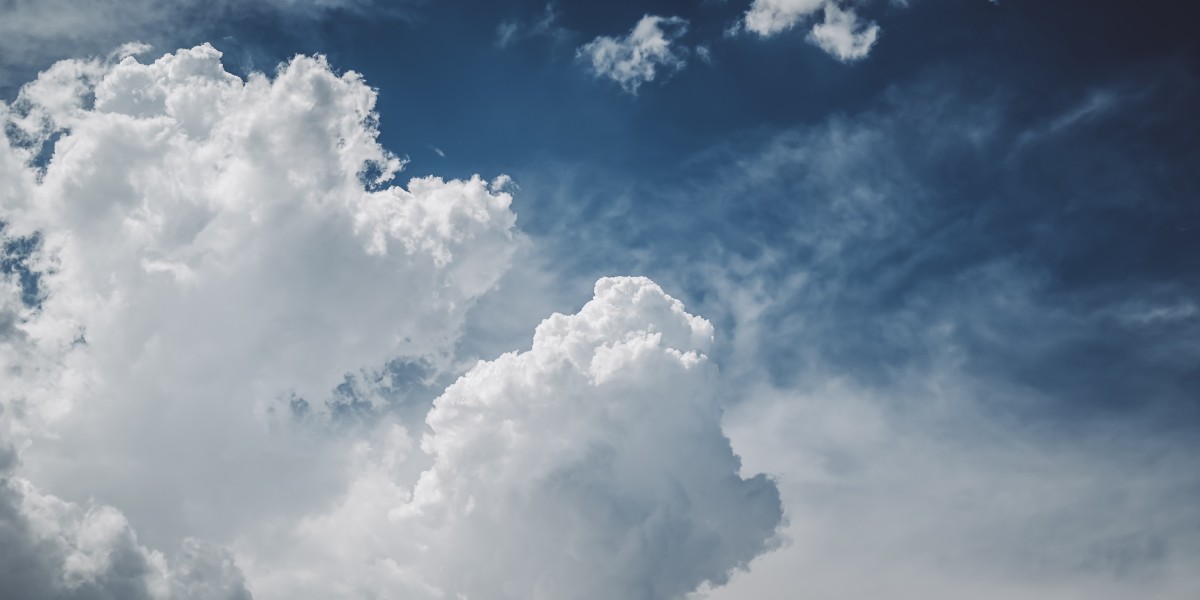Unleash Your Creativity: Discover the Secrets of Studio Lighting for Stunning Photography!
In the world of photography, lighting is often considered the backbone of a good image. Whether you’re an aspiring photographer or a seasoned pro, understanding the importance of studio lighting equipment can elevate your work to new heights. Proper lighting can transform a simple shot into a breathtaking masterpiece, enhancing textures, colors, and overall composition. This article will delve into the various types of studio lighting equipment available and their applications in different photography styles. By the end, you’ll have a clearer understanding of how to harness the power of light to unleash your creativity and take your photography to the next level.

Understanding Studio Lighting Equipment
Studio lighting equipment encompasses a variety of tools and devices that help photographers control the light in their shooting environment. The role of lighting in photography is crucial, as it can dramatically affect the mood, clarity, and impact of an image. Factors such as the color temperature of light, the intensity, and the direction can all influence how a subject is rendered in a photograph. For instance, lighting can create dramatic shadows or soft highlights, which can either enhance or detract from the desired effect. Understanding these elements is essential for photographers looking to manipulate light to achieve their artistic vision.
Types of Studio Lighting Equipment
There are several types of studio lighting equipment that photographers can choose from, each serving a unique purpose. The most common types include continuous lights, strobes, softboxes, reflectors, and umbrellas. Continuous lights provide a constant source of illumination, making it easier to visualize the final image. In contrast, strobes offer bursts of light that can freeze motion and create high-contrast images. Softboxes diffuse the light, softening harsh shadows, while reflectors and umbrellas help direct and bounce light, offering versatility in lighting setups. Understanding these tools and their applications is vital for any photographer aiming to create stunning images.
Continuous Lighting
Continuous lighting consists of lights that remain on at all times during a shoot. This type of lighting is particularly beneficial for beginners, as it allows for real-time adjustments and a clear view of how the light affects the subject. Continuous lights are ideal for video shoots as well, providing a stable light source. Their soft and adjustable nature can create beautiful portraits or allow for creative experimentation with shadows and highlights.
Strobe Lighting
Strobe lighting, on the other hand, emits a powerful burst of light that freezes motion, making it a favorite among action photographers and those capturing fast-paced subjects. Strobes are highly versatile and can be adjusted for intensity, allowing photographers to create dramatic effects or subtle highlights. They're particularly effective in studio settings where controlled lighting is essential, and they can be paired with various modifiers to enhance their impact.
Modifiers and Accessories
Modifiers such as softboxes and umbrellas play a critical role in shaping and controlling light. Softboxes diffuse light, creating a soft and even illumination that is perfect for portrait photography, while umbrellas can reflect or diffuse light, depending on how they are positioned. These accessories can significantly alter the quality and direction of light, allowing photographers to craft the desired atmosphere and mood in their images.
Applications of Studio Lighting in Photography
The applications of studio lighting are vast, spanning various styles of photography. In portrait photography, the right lighting can emphasize a subject's features and create a flattering atmosphere. For product photography, studio lighting is essential to showcase items in their best light, highlighting textures and details that might otherwise go unnoticed. Fashion photography also relies heavily on controlled lighting to create dramatic effects and highlight clothing designs. Each of these styles benefits from a tailored lighting setup, demonstrating the importance of understanding and utilizing different types of studio lighting equipment.
Mastering the Art of Studio Lighting
To wrap up, mastering studio lighting equipment is a crucial skill for any photographer looking to enhance their craft. Understanding the different types of lighting and their applications can open up new avenues for creativity and expression in your photography. Whether you are capturing portraits, products, or fashion, the right lighting can dramatically influence your results. I encourage you to experiment with different lighting setups and see how they transform your images. Remember, the power of light lies in your hands—unleash it and watch your photography flourish!








